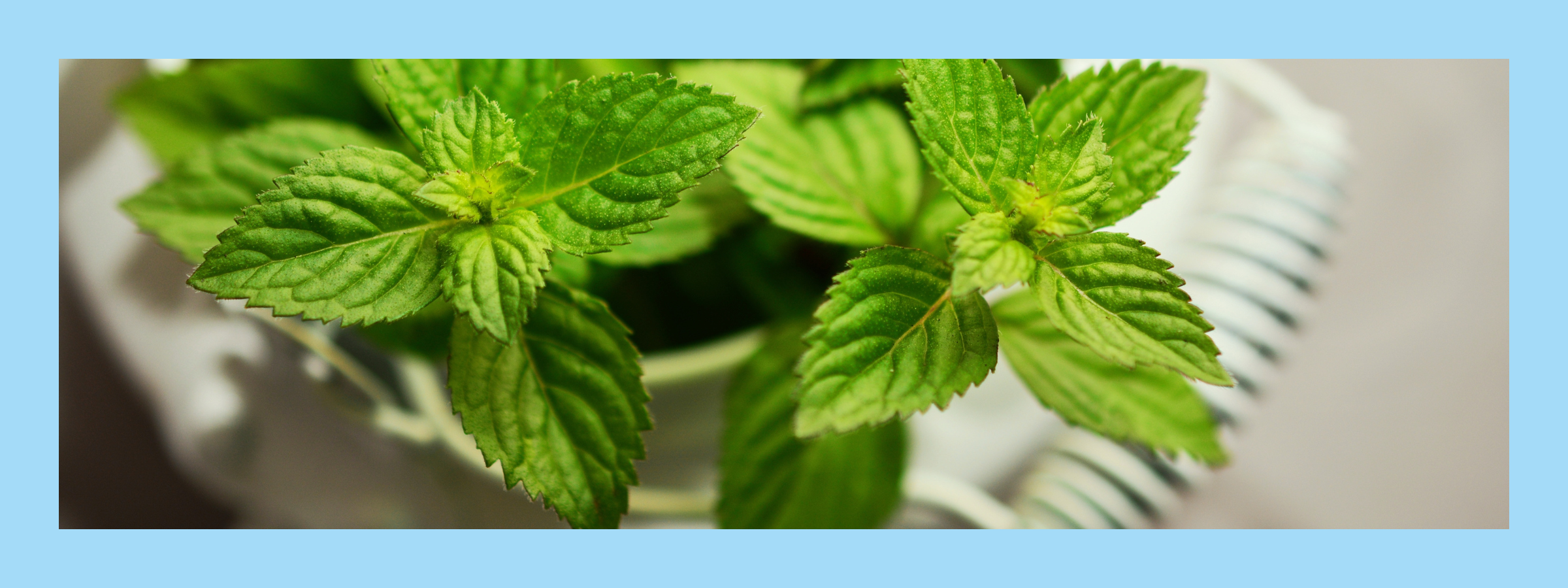
How to Treat Nausea Naturally: Peppermint
Peppermint has long been used in traditional medicine to soothe various conditions, including chemotherapy-induced nausea and vomiting. This blog post delves into the reasons peppermint is effective at reducing nausea. It highlights its numbing and calming properties that relax stomach muscles while exploring practical ways to harness peppermint's benefits. For those seeking natural nausea remedies, this post provides insightful tips on using peppermint and introduces other natural methods like pressure points to combat nausea effectively.
Why Does Peppermint Relieve Nausea?
It has been used in traditional medicine for many years to treat colds, headaches, digestive problems, fatigue, and even dehydration. Your stomach muscles relax as a result of its numbing and calming effects, allowing bile to break down fats and food to pass more quickly. This reduces nausea since they are free from cramping and over-contraction.
Peppermint for Nausea: How to Use It
1. Tea
In addition to helping to calm down your stomach muscles, peppermint tea can also assist in promoting better sleep. Try adding a squeeze of lemon and honey to the tea for a sweetening effect.
2.Mint Sweets
Look for sweets with a higher concentration of peppermint oil for optimal health benefits in relieving nausea.
3.Essential Oils
Aromatherapy is a popular way to relax. The most common way to use oils is through a diffuser, but there are many other ways to use it.
- Try placing a cold compress across your forehead with 2-3 drops of peppermint oil.
- Try adding 5-10 drops to your bath water.
- Or try 1-2 drops of oil onto the back of your neck.
Remember to use a carrier oil to dilute essential oils before using on the skin and always do a patch test!
For more insights and support, explore additional resources by visiting 'Pressure Points for Nausea'











Leave a comment
This site is protected by hCaptcha and the hCaptcha Privacy Policy and Terms of Service apply.